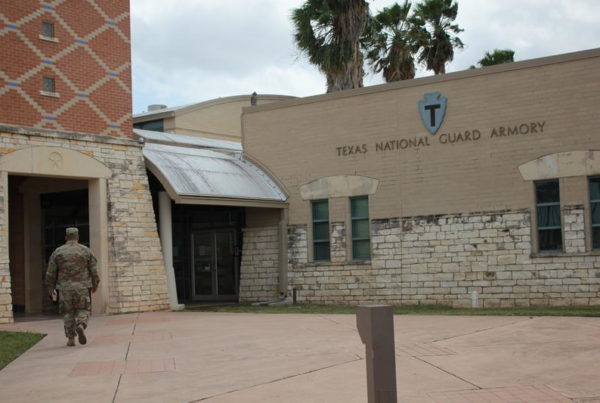The odds of losing your life while flying on a commercial airplane are 1 in 7 million. Almost 100 million U.S.-operated airline flights, carrying untold billions people, had taken off and landed safely in this country during the nine years since the last time a passenger died in an accident.
Sadly, that long safety streak ended Tuesday April 17, when one engine of a Southwest Airlines 737 had a catastrophic failure, sending shrapnel through a window, fatally injuring a passenger.
Monday, Southwest cancelled nearly a hundred flights to inspect engines. This, after nearly 50 flights were cancelled on Sunday, and hundreds of delays affected passengers across the nation.
Conor Shine, aviation reporter for the Dallas Morning News, says a National Transportation Safety Board investigation of the incident is in progress, but investigators are focusing their attention to hairline cracks on the fan blades.
“It sounds like that was on the interior of the blade so it wouldn’t necessary been visible to the naked eye,” Shine says. “But then the question is: should they have been doing something else that would have helped them to identify it sooner?”
It would be the second time in almost two years that a broken fan blade caused a Southwest plane to make an emergency landing. The previous incident happened on August, 2016, when a Southwest flight from New Orleans to Orlando had to be diverted to Pensacola, Florida due to engine failure. Unlike the event on Tuesday, no one died in the earlier incident.
“The one incident that investigators and Southwest are going to be keying in on is the August 2016 flight, where an engine of the same type on a Southwest flight also a fan blade broke off,” Shine says. “So there’s some parallels between the incident in 2016 and this one last week that has people talking about whether they should have acted quicker in response of that first incident.”
Hours after the emergency landing last week, the NTSB said that the Southwest aircraft fan blade that broke off had shown signs of metal fatigue.
Southwest Airlines operates an all-Boeing 737 fleet, including planes of different ages. The Boeing 737-700 involved in Tuesday’s accident was acquired by Southwest in July 2000, according to a Shine’s report.
“Airlines, Southwest included, take very good care of this machines so they have very long life cycles,” Shine says. “When the time comes, these engines are overhauled and rebuilt, so the age is less of the concern and more of the most immediate previous kind of maintenance steps that have been taken with regards of these fan blades.”
Shine believes Southwest’s reputation among its consumers won’t be seriously affected by last week’s accident, since the airline’s flights are often the most convenient and cheapest option for travelers.
“In the big picture, so long it doesn’t come out that this was a preventable issue or something that should have been identified sooner, Southwest’s brand should fair OK,” Shine says. “ They’ve got a lot of loyal passengers, and a lot of loyalty built over the years.”
Written by César Lopez-Linares.
















